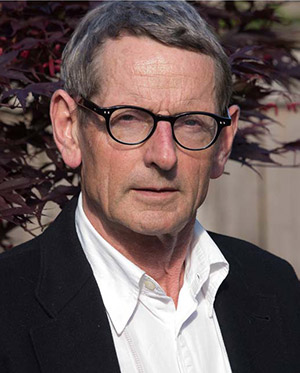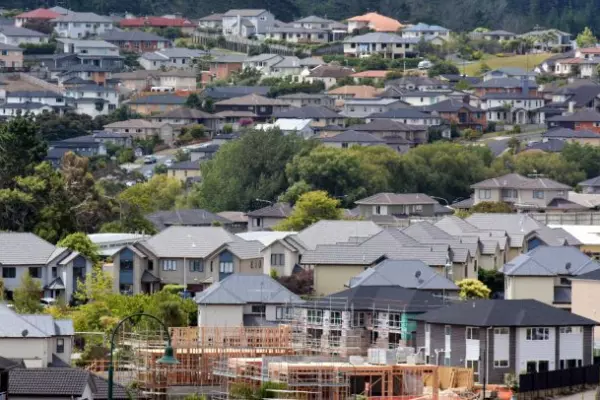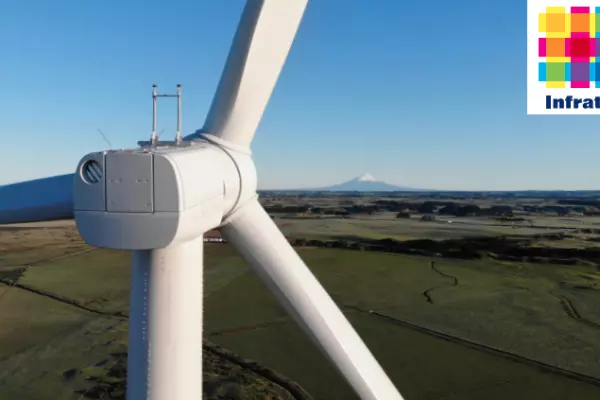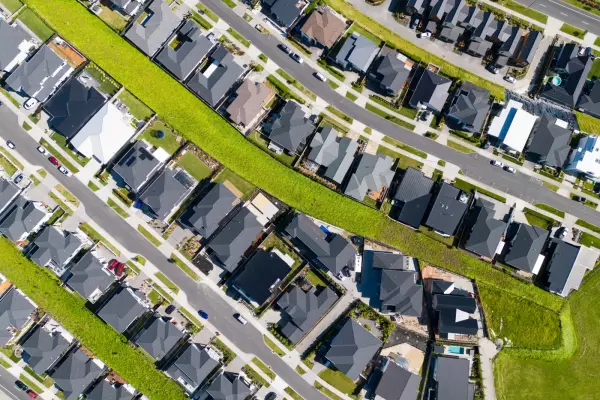Like probably most people – Boomers, anyway – I began my career as a published writer with a letter to the editor. The results of the 1966 Census had just been announced, and the Otago Daily Times had run a leader bemoaning the fact that the population of Dunedin, where I lived, had only just crawled past the 100,000 mark, not a lot more than the 85,197 recorded in the 1926 Census, during which 40-year period the population of New Zealand as a whole had nearly doubled, to 2.7 million.
I tried to cheer everybody up with my novice letter. Far from being a sleepy back-water – just a ‘small middle class seaside town in New Zealand’ as The New Yorker magazine described it -- Dunedin was in fact at the forefront of an exciting new movement that would soon sweep the world: Zero Population Growth, or ZPG.
The world’s resource-greedy population was expanding at an exponential rate which was simply unsustainable given the Earth’s finite environmental and natural stocks: from 2 billion in 1926 to 3.4 billion teeming souls in 1966. Action needed to be taken, and surely would be, given the gravity of the situation.
How wrong I was. Not about the prospect of economic, ecological and environmental disaster, but about action being taken. By 2020, world population has more than doubled, to 7.8 billion, and NZ’s nearly doubled again, to 5 million. Population growth has remained the biggest, most ignored, elephant-in-the-room since before anyone knew elephants-in-the-room existed. There seems to be almost a pro-natalist conspiracy to keep ZPG off the agenda. Yet what part of the formula - total environmental damage equals damage per person times number of people - is so hard to grasp?
Land dependence
And, survival of the planet aside, both level and growth of population are bad news for New Zealand right now. We are unusually dependent on land for our well-being, and we aren’t making any more land, so its fruits have to be shared ever more thinly between more people. We see the result in our over-stressed agricultural land use, in over-crowding of landscape attractions, and in the explosion of house prices in Auckland and elsewhere.
As for growth, if you tallied up the proportion of our economic activity diverted simply to coping with population increase – especially housing and infrastructure - you would get a shock.
So what could we do about it? A ZPG policy would have two prongs: one dealing with the ‘natural’ increase from the birth rate; the other, with the unnatural increase due to immigration.
You can’t stop people having babies, but you can stop them wanting to have babies because they haven’t got anything better to do with their lives. All the ‘pro-family’ incentives embedded in our social welfare system should be swept aside, along with other targeted transfers, such as national superannuation, and replaced by a fiscally equivalent, demographically neutral universal basic income paid to all adult citizens.
One worthy goal that the current government has proclaimed is that New Zealand should be the best country in the world for children, as it most definitely isn’t now. Child poverty, in particular, is almost epidemic, despite – or could it be because of? - all those so-called family-friendly programmes. Perhaps future governments should understand that making a better life for our children requires having fewer children.
Short-sighted policy
As for immigration – what a tangle of ill-thought through policies we have here! We let people in because they are rich, and because they are poor. We cynically and shortsightedly import people with the ‘skills’ we think we are short of. And we let people in because we let their relatives in earlier, for one of the other reasons. Replace all this with a simple ballot, a bit like the Americans’ Green Card, with total number admitted each year calibrated to ZPG. Right now is the perfect time to do it, when we are starting from zero-based immigration because of the virus.
Perhaps we should ‘grandfather’ the immigration of the grandparents of recently settled migrants, but in the long run we should want them to produce their own grandparents organically, as they reach three generations and beyond in New Zealand Aotearoa. We want them to become assimilated Kiwis, whatever that will mean with their valuable input. I’d love to live to see the day when the Indian-ethnic crowds turning up to New Zealand/India cricket matches cheer for the home team, as they largely do not now.
Speaking of cheering for the home team, on Saturday night more than 20,000 rugby fans turned up at Sir Eion Edgar Stadium in my old hometown to noisily support the Otago Highlanders, who won an exciting victory against another team. That’s a pretty good turnout for a small seaside town still with not a lot more than 100,000 residents. Life seems to be good in Dunedin. Perhaps its day has finally dawned as the proud Zero Population Growth capital of New Zealand, if not the world.
Tim Hazledine is a professor of economics at the University of Auckland Business School















